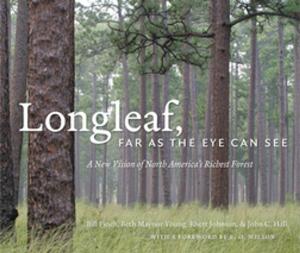Technology in the Garden
Research Parks and Regional Economic Development
Business & Finance, Economics, Economic Development| Author: | Michael I. Luger, Harvey A. Goldstein | ISBN: | 9780807863091 |
| Publisher: | The University of North Carolina Press | Publication: | November 9, 2000 |
| Imprint: | The University of North Carolina Press | Language: | English |
| Author: | Michael I. Luger, Harvey A. Goldstein |
| ISBN: | 9780807863091 |
| Publisher: | The University of North Carolina Press |
| Publication: | November 9, 2000 |
| Imprint: | The University of North Carolina Press |
| Language: | English |
More than half of the 116 research parks now operating in the United States were established during the 1980s, with the aim of boosting regional economic growth. But until now no one has systematically analyzed whether research parks do in fact generate new businesses and jobs. Using their own surveys of all existing parks and case studies of three of the most successful--Research Triangle Park in North Carolina, Stanford Research Park in California, and the University of Utah Research Park--Michael Luger and Harvey Goldstein examine the economic impact of such facilities.
As the name suggests, a research park is typically meant to provide a spacious setting where basic and applied technological research can be quietly pursued. Because of the experience of a few older and prominent research parks, new parks are expected to generate economic growth for their regions. New or old, most parks have close ties to universities, which join in such ventures to enhance their capabilities as centers of research, provide outlets for entrepreneurial faculty members, and increase job opportunities for graduate students.
Too often, the authors say, the vision of "incubating" economic growth in a gardenlike preserve of research and development has failed because of poor planning, lack of firm leadership, and bad luck. Although the longest-lasting parks have met their original goals, the newer ones have enjoyed at best only slight success. Luger and Goldstein conclude that the older facilities have captured much of the market for concentrations of research and development firms, and they discuss alternative strategies that could achieve some of the same goals as research parks, but in a less costly way. Many of these alternatives continue to include a role for universities, and Luger and Goldstein shed fresh light on the linkage between higher education and the use of knowledge for profit.
More than half of the 116 research parks now operating in the United States were established during the 1980s, with the aim of boosting regional economic growth. But until now no one has systematically analyzed whether research parks do in fact generate new businesses and jobs. Using their own surveys of all existing parks and case studies of three of the most successful--Research Triangle Park in North Carolina, Stanford Research Park in California, and the University of Utah Research Park--Michael Luger and Harvey Goldstein examine the economic impact of such facilities.
As the name suggests, a research park is typically meant to provide a spacious setting where basic and applied technological research can be quietly pursued. Because of the experience of a few older and prominent research parks, new parks are expected to generate economic growth for their regions. New or old, most parks have close ties to universities, which join in such ventures to enhance their capabilities as centers of research, provide outlets for entrepreneurial faculty members, and increase job opportunities for graduate students.
Too often, the authors say, the vision of "incubating" economic growth in a gardenlike preserve of research and development has failed because of poor planning, lack of firm leadership, and bad luck. Although the longest-lasting parks have met their original goals, the newer ones have enjoyed at best only slight success. Luger and Goldstein conclude that the older facilities have captured much of the market for concentrations of research and development firms, and they discuss alternative strategies that could achieve some of the same goals as research parks, but in a less costly way. Many of these alternatives continue to include a role for universities, and Luger and Goldstein shed fresh light on the linkage between higher education and the use of knowledge for profit.















